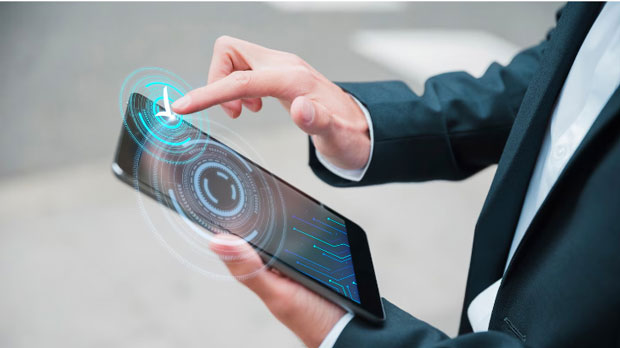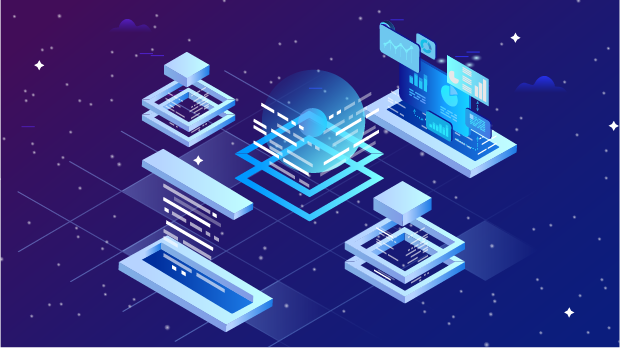In today’s fast-paced digital landscape, enterprises require a robust and scalable approach to manage their proxy ips. Automation through APIs has become the most effective way to handle this complex task. By utilizing APIs, businesses can streamline the management of proxy ip addresses, ensuring flexibility, efficiency, and security while also minimizing human error. This process includes provisioning, monitoring, and rotating proxies automatically, which is essential for activities such as web scraping, security testing, and bypassing geo-restrictions. Through this approach, businesses can save time, reduce operational overhead, and ensure seamless integration of proxy management into their workflows. Understanding Enterprise-Level Proxy ManagementManaging proxies at an enterprise level involves handling a large number of proxy ips across multiple locations. Whether for internal use, data scraping, or testing security measures, enterprises need proxies that are reliable, secure, and responsive. Traditional manual management of proxies, especially at scale, can be cumbersome and prone to errors. This is where API automation plays a key role, enabling businesses to handle large volumes of proxy IPs efficiently.The Role of APIs in Proxy ManagementApplication Programming Interfaces (APIs) allow for seamless integration of proxy management within an enterprise's existing infrastructure. APIs offer a way to interact with proxy servers programmatically, enabling real-time control and monitoring of proxy IPs. These interfaces can be used to automate tasks such as rotating proxies, changing IP addresses, tracking performance metrics, and integrating proxy management into broader automated workflows.Benefits of API-Based Proxy Management1. Enhanced Efficiency and ScalabilityOne of the primary benefits of API-based proxy management is its ability to scale effortlessly. As your enterprise grows and the demand for proxies increases, APIs allow you to provision, manage, and monitor proxies on a large scale. This scalability ensures that enterprises can handle fluctuating workloads without significant manual intervention. It also allows for better load balancing and ensures that the proxy pool is consistently optimized for performance.2. Real-Time Monitoring and ControlAPIs provide real-time data, which is crucial for enterprises that require constant monitoring of proxy performance. Through API integrations, businesses can gain insights into the health of their proxies, track their usage, and identify issues such as slow response times or blocked IPs. This level of control helps businesses to act proactively, avoiding downtime and ensuring a seamless experience for their end users.3. Automation of Proxy RotationAutomating the rotation of proxies is vital in preventing issues like IP blocking or throttling, which can occur during high-frequency requests. APIs can be programmed to rotate proxies at regular intervals or based on predefined conditions such as request volume or time. This automated rotation ensures that businesses can maintain a high level of anonymity and security while accessing web resources without interruption.4. Integration with Existing SystemsEnterprise systems are often highly complex, consisting of various software tools, databases, and platforms. APIs provide the flexibility to integrate proxy management with other systems, such as web scraping bots, data analysis platforms, or security monitoring tools. By embedding proxy management capabilities directly into their existing infrastructure, businesses can improve operational efficiency and reduce the need for separate management systems.Key Considerations for Implementing API-Based Proxy Management1. Security and AuthenticationWhen automating proxy management through APIs, security is a critical concern. Since proxies are often used for sensitive activities like web scraping or penetration testing, it’s essential to secure API access. Authentication protocols such as OAuth or API keys should be implemented to ensure that only authorized users can access proxy management functionalities. Additionally, encrypting API requests and responses can help protect sensitive data.2. Proxy Pool ManagementMaintaining a healthy proxy pool is essential for uninterrupted service. Enterprises should focus on managing their pool of proxy IPs effectively, ensuring that they are diverse, reliable, and located in various regions. This geographical diversity helps businesses avoid blocking risks and ensures better access to geo-restricted content. With an API-driven approach, proxies can be monitored for uptime, usage patterns, and geolocation, providing businesses with greater control over their resources.3. API Rate LimitingAs enterprises interact with multiple proxies via APIs, it is important to ensure that the API provider can handle the required throughput. Rate limiting is a mechanism to prevent excessive usage of API resources, which could lead to server overload or failures. When setting up API-based proxy management, businesses should account for the rate limits and design their API calls accordingly to prevent disruptions in service.4. Proxy Rotation LogicWhile rotating proxies automatically, businesses need to define the logic behind the rotation. This could be time-based, request-count-based, or event-driven, depending on the enterprise's specific needs. The rotation logic should be carefully designed to ensure that the proxies are rotated at the optimal intervals to maintain anonymity and avoid detection by web services that might flag frequent IP changes.5. Logging and ReportingEffective logging and reporting are essential for tracking the performance and health of proxy pools. APIs can facilitate the generation of logs that capture key metrics, such as request count, IP performance, and proxy errors. This data can be invaluable for troubleshooting issues, optimizing proxy usage, and analyzing patterns in IP blocking or throttling.Practical Use Cases for API-Based Proxy Management1. Web ScrapingFor businesses that rely on web scraping for competitive analysis, market research, or data gathering, proxy management via APIs is essential. Proxies allow scrapers to bypass IP restrictions and collect large volumes of data without being blocked. With API automation, businesses can manage their proxy IPs to ensure that their scraping processes remain efficient and uninterrupted.2. Security and Penetration TestingPenetration testing often requires the use of proxies to simulate different user locations and access points. Automating proxy management ensures that testing is done anonymously and with a varied set of IPs, enhancing the accuracy of security assessments and helping enterprises identify vulnerabilities.3. E-Commerce and Price MonitoringE-commerce businesses can use API-based proxy management to monitor competitors’ pricing, inventory, and promotional activities. Proxies help them gather data without risking being blocked by websites that implement anti-bot measures. Automation through APIs ensures that this monitoring is done continuously and efficiently.Automating enterprise-level proxy management through APIs provides businesses with a powerful tool to handle proxy rotation, monitoring, and integration with minimal manual intervention. By leveraging APIs, enterprises can ensure that their proxy infrastructure is scalable, efficient, and secure, allowing them to perform tasks like web scraping, security testing, and market monitoring without interruption. Proper implementation of security measures, proxy pool management, and API rate limiting can ensure the success of API-driven proxy management, offering long-term benefits for enterprises looking to optimize their digital operations.
Apr 07, 2025
![arrow]()




























































